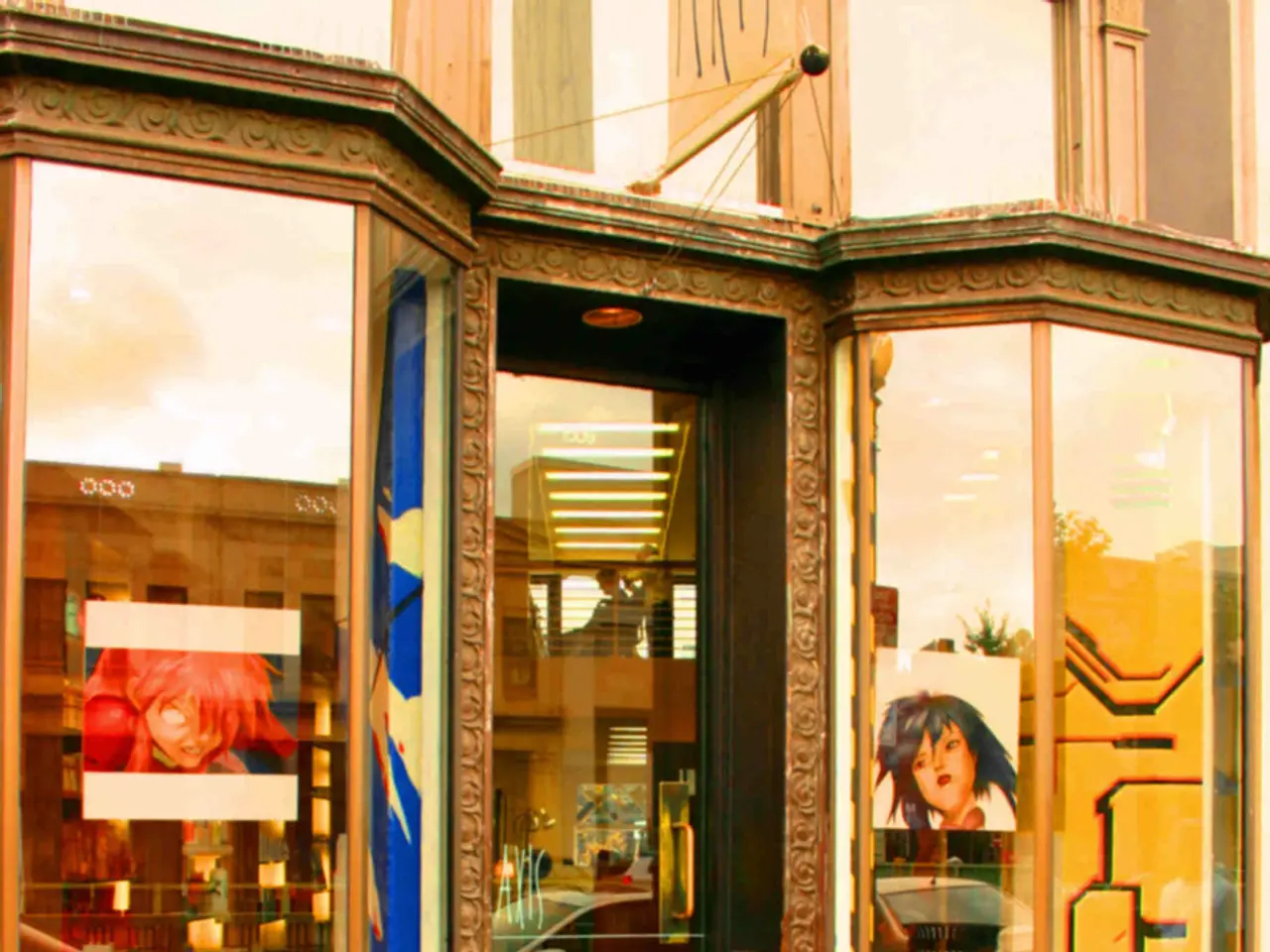Tegel's CRCLR HUT: A Structure for Sustainable Construction and Recycling
In the heart of Berlin, on the Urban Tech Republic site in TXL, a new architectural marvel has emerged. The "CRCLR HUT", a pavilion constructed using modular wooden blocks, was opened in September 2024, marking a significant step towards establishing new standards in sustainable construction.
The architecture firm Beta Realities, in collaboration with TRIQBRIQ, developed the "CRCLR HUT". This innovative structure is built using "BRIQs", modular wooden blocks, which are the building blocks of this revolutionary construction method. The "BRIQs" are made from a mix of industrial wood, calamity wood, and low-quality wood types, making them a sustainable choice for construction.
The plug-in construction method allows for the use of these alternative materials, enabling the construction of the wooden blocks with lower quality wood species. This approach strengthens the claim of a fully circular construction method, as it promotes the consistent reuse of materials, helping significantly reduce waste and emissions in the long term.
The "CRCLR HUT" was constructed in just two weeks, demonstrating the efficiency and practicality of this innovative system. The system has already been applied on a larger scale, as evidenced by the Edeka supermarket in Braunschweig, built in May 2025, which was constructed using over 11,000 wooden blocks, similar to the "CRCLR HUT" in Berlin.
The Edeka supermarket in Braunschweig saw approximately 50% of CO2 emissions saved compared to a conventional construction. This is a testament to the effectiveness of the circular construction method.
The "CRCLR HUT" is not just a temporary structure. It can be disassembled after use and rebuilt elsewhere, showcasing its versatility and potential for long-term use. The facade of the "CRCLR HUT" in Berlin-Tegel was clad with wood, and windows and components can later be removed and reused elsewhere in a sorted manner.
The "CRCLR HUT" serves as the first realized building block in the transformation of the area into an innovation hub. Tegel Project GmbH, responsible for the overall development of the area on behalf of the state of Berlin, is committed to promoting sustainable construction practices.
The use of "Glapor" as an alternative to concrete in the floor plate of the "CRCLR HUT" is another example of the potential for central building components to dispense with classic concrete solutions. This further underscores the commitment to sustainability in the construction of the "CRCLR HUT".
The "CRCLR HUT" in Berlin demonstrates the possibilities that this system offers, potentially relevant for larger construction projects such as residential or administrative buildings in the future. This sustainable construction method, already proven in two significant projects, offers a promising path towards a greener future for construction.
Read also:
- Peptide YY (PYY): Exploring its Role in Appetite Suppression, Intestinal Health, and Cognitive Links
- Toddler Health: Rotavirus Signs, Origins, and Potential Complications
- Digestive issues and heart discomfort: Root causes and associated health conditions
- House Infernos: Deadly Hazards Surpassing the Flames








